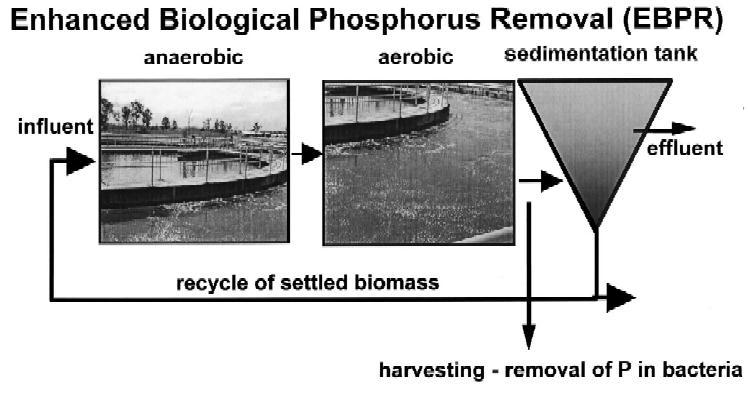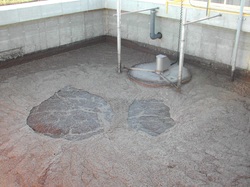The problem with consuming these fish on a regular basis is that the river sediments contain high levels of industrial waste from an era where environmental regulations were limited or did not exist. The area of concern is the final 17 miles of river near Newark, NJ. This section has a variety of contaminated sludge hot spots where contaminants range from dioxin, PCBs, mercury, other heavy metals, and a variety of pesticides. Early cleanup efforts removed the most contaminated soils and sludge located near the former industrial sites where the pollutants emerged. Now their is debate on how to achieve final cleanup of the river.
From the NPR report, I gather that the current fish exchange program where contaminated fish are exchanged for tilapia iis a waste of funds. So it is clear a long term cleanup project is needed. However, the current proposed project to remove over 4 million cubic yards of sludge for off-site disposal and/or off-site incineration seems to be a bit overkill as the risk of transporting all the sludge and disturbance to buried sediments may pose a greater risk of exposure than necessary.
In previous cleanup projects, the best solution is to find the hot spots of the most dangerous and recalcitrant pollutants. For example we would immediately dredge sediments with the highest mercury, PCBs, or Dioxin. This would go for off-site incineration/landfill. The sludges with lowest levels of recalcitrant contamination may be best left in place for biormediation or natural attenuation.
Dr. John Pardue, an environmental engineering researcher at Louisiana State University, has suggested the use of an in-situ bioremediation technique that injects high concentrations of active degrading microbes and needed nutrients into the sediments suited for bioremediation. In my experience, they could also add some additional localized mixing to increase biodegradation rates without exposing residents to high levels of pollutants. If the amount of excavated sediment can be reduced by 30 - 50%, not only money will be saved, but potential exposure during removal and transport will be reduced, and finally land fill space and associated risks will be reduced.



 RSS Feed
RSS Feed